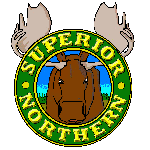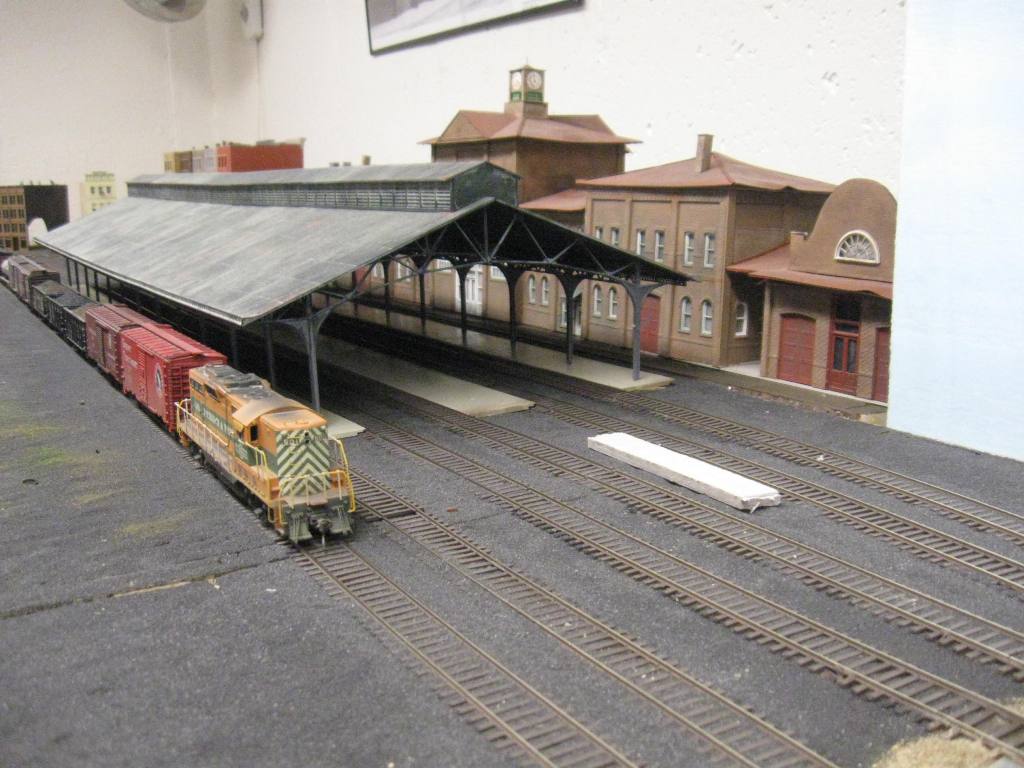Photos of the Grand Rapids and Indiana (GR&I) Modular Railroad in Sunset Manor
-
 Feb. 20, 2017 Last of the GR&I
Feb. 20, 2017 Last of the GR&I
Feb. 20, 2017 Last of the GR&I
Feb. 20, 2017 Last of the GR&I
-
 Jake checking his new acquisition.
Jake checking his new acquisition.
Jake checking his new acquisition.
Jake checking his new acquisition.
-
 Feb. 6, 2017 Jake dismantling the loop
Feb. 6, 2017 Jake dismantling the loop
Feb. 6, 2017 Jake dismantling the loop
Feb. 6, 2017 Jake dismantling the loop
-
 Bob cleaning track.
Bob cleaning track.
Bob cleaning track.
Bob cleaning track.
-
 Cal disconnecting the modules.
Cal disconnecting the modules.
Cal disconnecting the modules.
Cal disconnecting the modules.
-
 Removing the turnouts.
Removing the turnouts.
Removing the turnouts.
Removing the turnouts.
-
 Checking for salvageable parts.
Checking for salvageable parts.
Checking for salvageable parts.
Checking for salvageable parts.
-
 Jan. 30, 2017 Dismantling the GR&I
Jan. 30, 2017 Dismantling the GR&I
Jan. 30, 2017 Dismantling the GR&I
Jan. 30, 2017 Dismantling the GR&I
-
 Jan. 16, 2017 Start of Phase II
Jan. 16, 2017 Start of Phase II
Jan. 16, 2017 Start of Phase II
Jan. 16, 2017 Start of Phase II
-
 Great Grandma enjoying everything!
Great Grandma enjoying everything!
Great Grandma enjoying everything!
Great Grandma enjoying everything!
-
 Grandpa and Grandson watching train.
Grandpa and Grandson watching train.
Grandpa and Grandson watching train.
Grandpa and Grandson watching train.
-
 Aug 29, 2016 Bob running the train for visitors.
Aug 29, 2016 Bob running the train for visitors.
Aug 29, 2016 Bob running the train for visitors.
Aug 29, 2016 Bob running the train for visitors.
-
 Jake and John discussing locomotives
Jake and John discussing locomotives
Jake and John discussing locomotives
Jake and John discussing locomotives
-
 "The number one priority is ...."
"The number one priority is ...."
"The number one priority is ...."
"The number one priority is ...."
-
 "Is this really for me?"
"Is this really for me?"
"Is this really for me?"
"Is this really for me?"
-
 The old pro!
The old pro!
The old pro!
The old pro!
-
 Look of Aw!
Look of Aw!
Look of Aw!
Look of Aw!
-
 Aug 15, 2016 Jake setting up his new locomotive for visitors
Aug 15, 2016 Jake setting up his new locomotive for visitors
Aug 15, 2016 Jake setting up his new locomotive for visitors
Aug 15, 2016 Jake setting up his new locomotive for visitors
-
 Visitor from Sunset Manor
Visitor from Sunset Manor
Visitor from Sunset Manor
Visitor from Sunset Manor
-
 Bob does not think this is going to be acceptable.
Bob does not think this is going to be acceptable.
Bob does not think this is going to be acceptable.
Bob does not think this is going to be acceptable.
-
 Software upgrade
Software upgrade
Software upgrade
Software upgrade
-
 Look at modified GR&I
Look at modified GR&I
Look at modified GR&I
Look at modified GR&I
-
 Cleaning the Track
Cleaning the Track
Cleaning the Track
Cleaning the Track
-
 Bridge over the Grand River
Bridge over the Grand River
Bridge over the Grand River
Bridge over the Grand River
-
 Is this how it was planned?
Is this how it was planned?
Is this how it was planned?
Is this how it was planned?
-
 Module Assembly
Module Assembly
Module Assembly
Module Assembly
-
 Grand Rapids Union Station Train Shed
Grand Rapids Union Station Train Shed
Grand Rapids Union Station Train Shed
Grand Rapids Union Station Train Shed
-
 Modeling Group
Modeling Group
Modeling Group
Modeling Group
-
 GR&I Track Layout
GR&I Track Layout
GR&I Track Layout
GR&I Track Layout
http://rmrrc.org/joomla30/index.php/10-about#sigProIdee3ab4bf66



